Charalampos Kalalas
Optimizing a Digital Twin for Fault Diagnosis in Grid Connected Inverters -- A Bayesian Approach
Dec 07, 2022Abstract:In this paper, a hyperparameter tuning based Bayesian optimization of digital twins is carried out to diagnose various faults in grid connected inverters. As fault detection and diagnosis require very high precision, we channelize our efforts towards an online optimization of the digital twins, which, in turn, allows a flexible implementation with limited amount of data. As a result, the proposed framework not only becomes a practical solution for model versioning and deployment of digital twins design with limited data, but also allows integration of deep learning tools to improve the hyperparameter tuning capabilities. For classification performance assessment, we consider different fault cases in virtual synchronous generator (VSG) controlled grid-forming converters and demonstrate the efficacy of our approach. Our research outcomes reveal the increased accuracy and fidelity levels achieved by our digital twin design, overcoming the shortcomings of traditional hyperparameter tuning methods.
A Robust and Explainable Data-Driven Anomaly Detection Approach For Power Electronics
Sep 23, 2022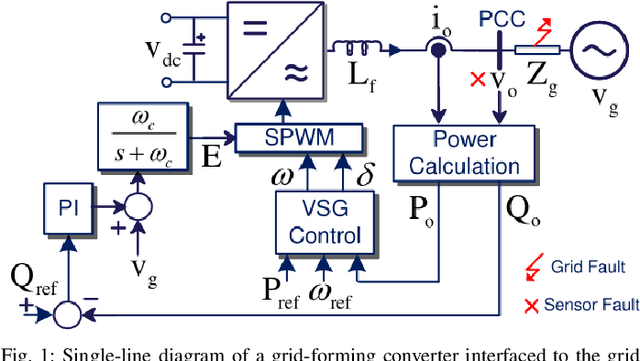
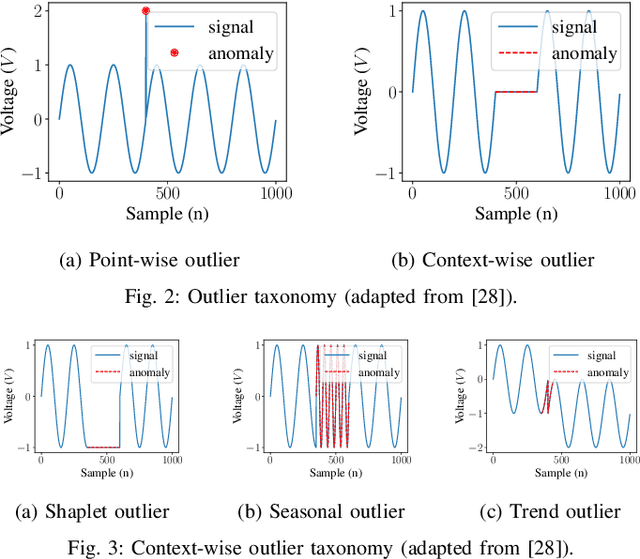
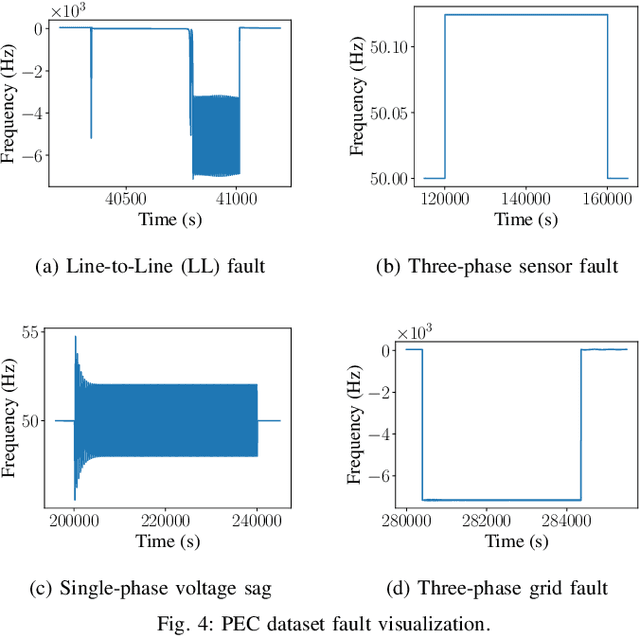
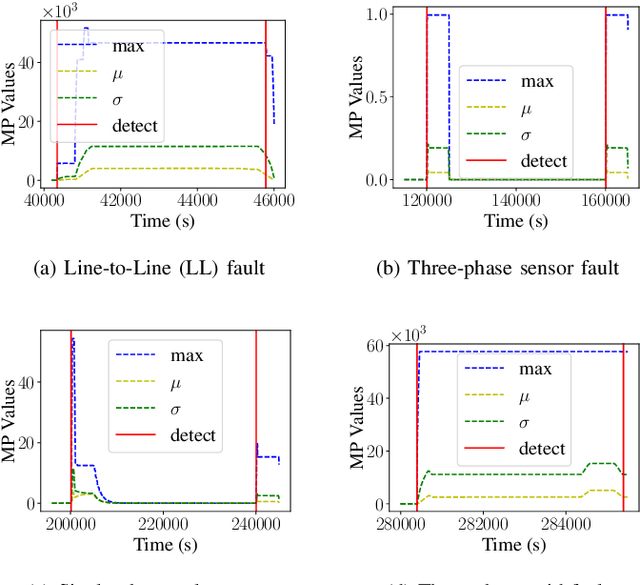
Abstract:Timely and accurate detection of anomalies in power electronics is becoming increasingly critical for maintaining complex production systems. Robust and explainable strategies help decrease system downtime and preempt or mitigate infrastructure cyberattacks. This work begins by explaining the types of uncertainty present in current datasets and machine learning algorithm outputs. Three techniques for combating these uncertainties are then introduced and analyzed. We further present two anomaly detection and classification approaches, namely the Matrix Profile algorithm and anomaly transformer, which are applied in the context of a power electronic converter dataset. Specifically, the Matrix Profile algorithm is shown to be well suited as a generalizable approach for detecting real-time anomalies in streaming time-series data. The STUMPY python library implementation of the iterative Matrix Profile is used for the creation of the detector. A series of custom filters is created and added to the detector to tune its sensitivity, recall, and detection accuracy. Our numerical results show that, with simple parameter tuning, the detector provides high accuracy and performance in a variety of fault scenarios.
Boosting 5G on Smart Grid Communication: A Smart RAN Slicing Approach
Aug 30, 2022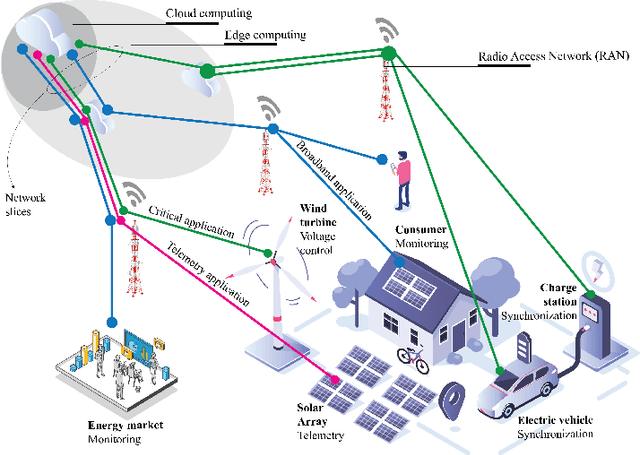
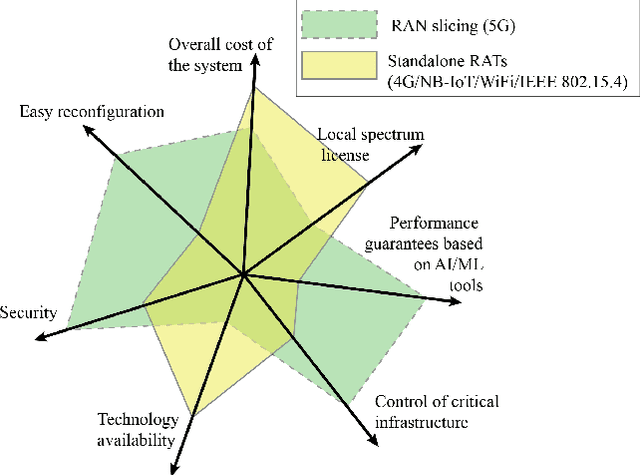
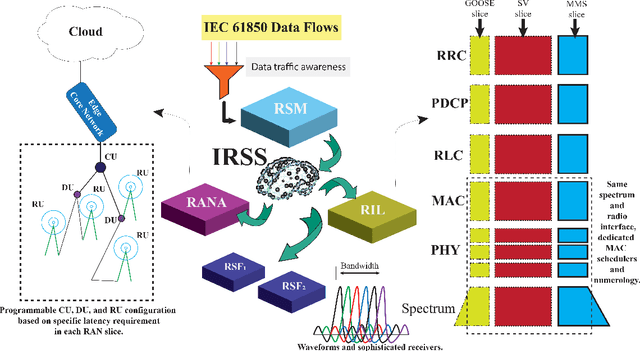
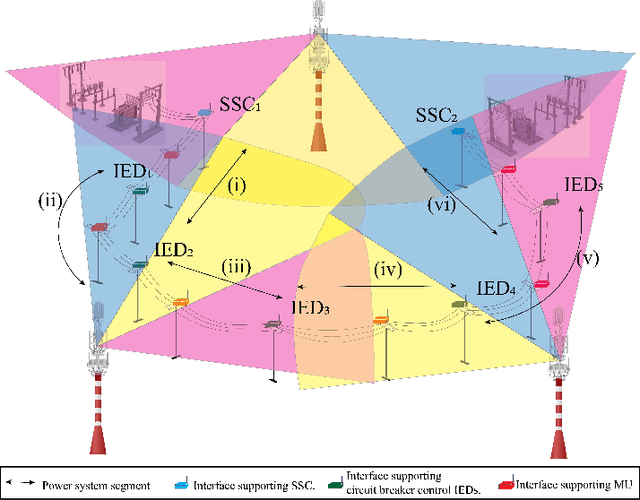
Abstract:Fifth-generation (5G) and beyond systems are expected to accelerate the ongoing transformation of power systems towards the smart grid. However, the inherent heterogeneity in smart grid services and requirements pose significant challenges towards the definition of a unified network architecture. In this context, radio access network (RAN) slicing emerges as a key 5G enabler to ensure interoperable connectivity and service management in the smart grid. This article introduces a novel RAN slicing framework which leverages the potential of artificial intelligence (AI) to support IEC 61850 smart grid services. With the aid of deep reinforcement learning, efficient radio resource management for RAN slices is attained, while conforming to the stringent performance requirements of a smart grid self-healing use case. Our research outcomes advocate the adoption of emerging AI-native approaches for RAN slicing in beyond-5G systems, and lay the foundations for differentiated service provisioning in the smart grid.
 Add to Chrome
Add to Chrome Add to Firefox
Add to Firefox Add to Edge
Add to Edge